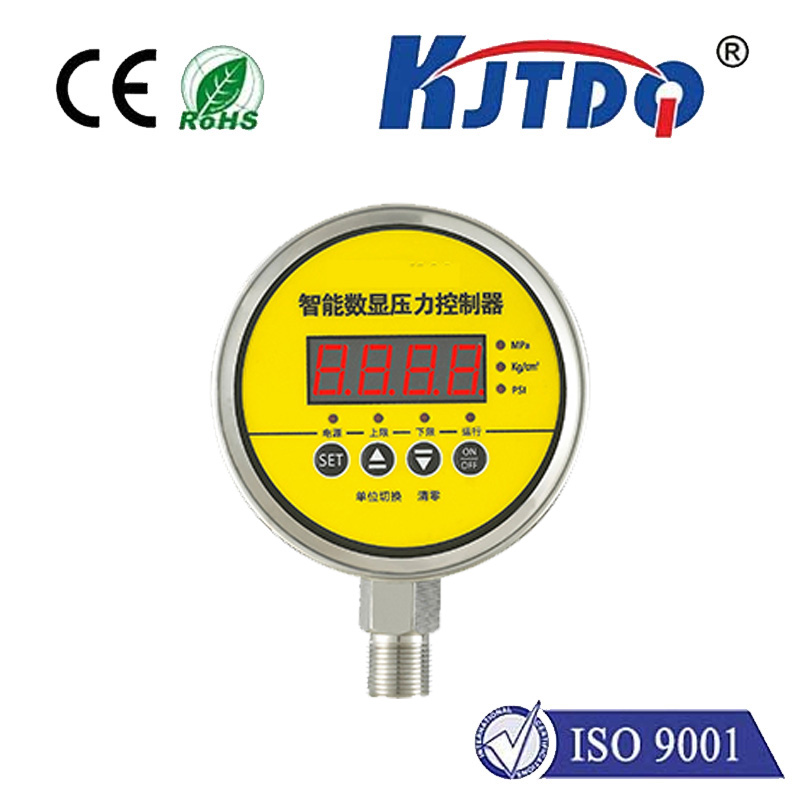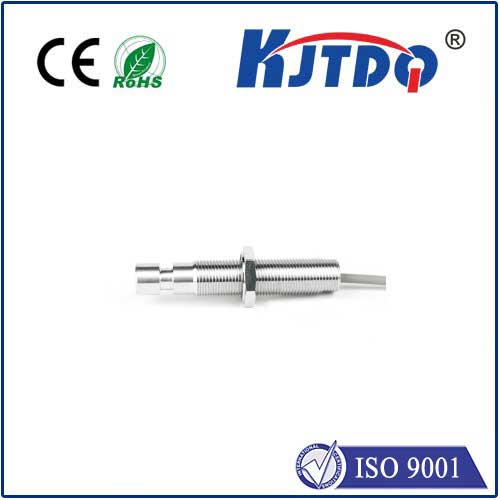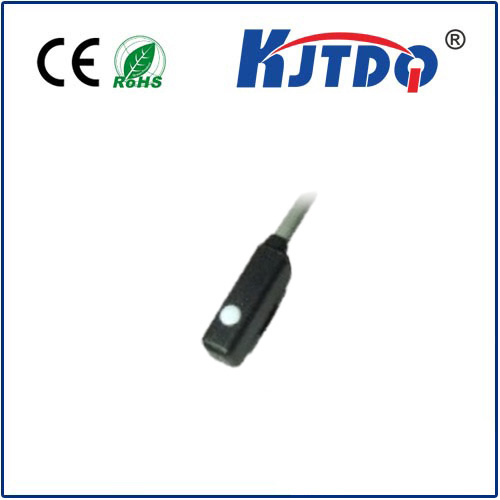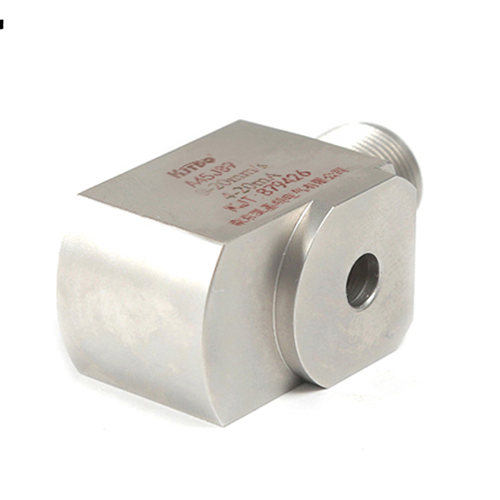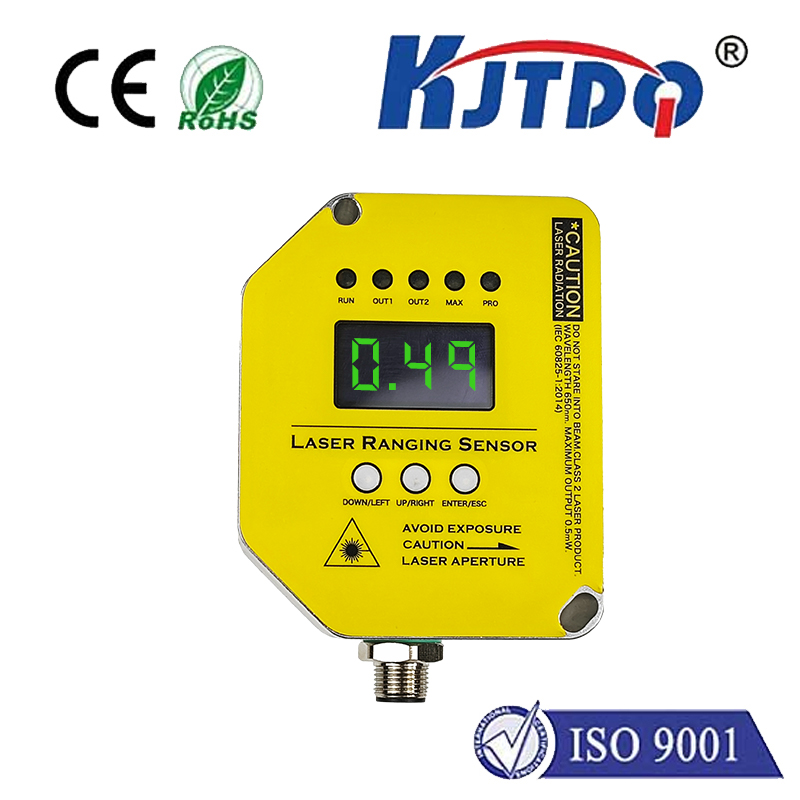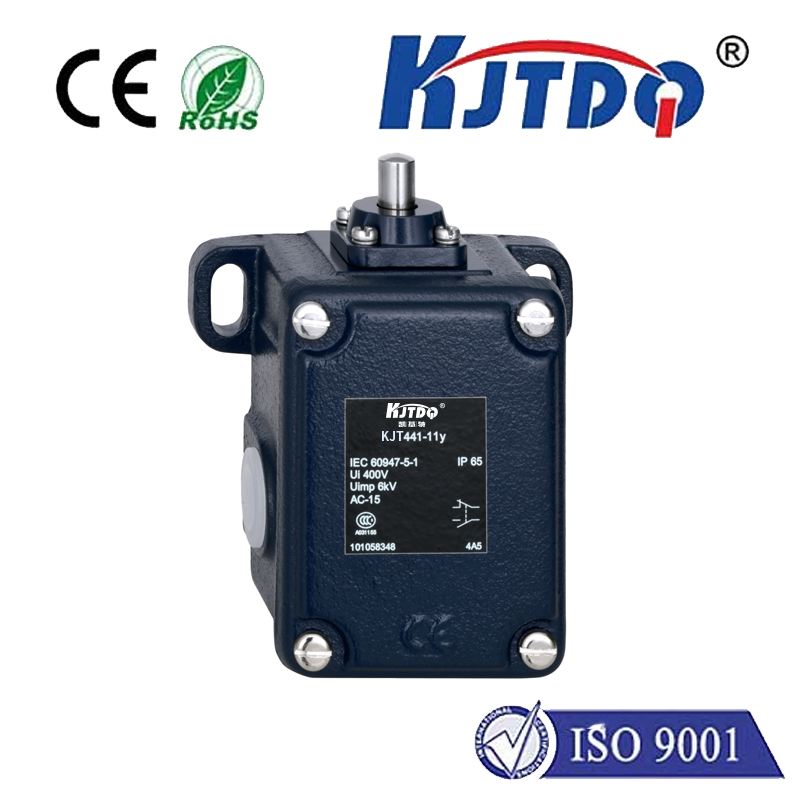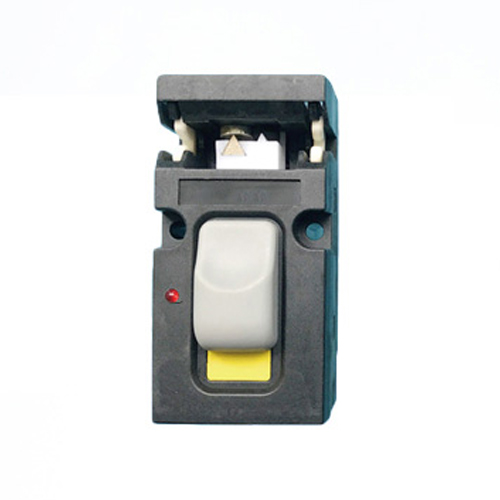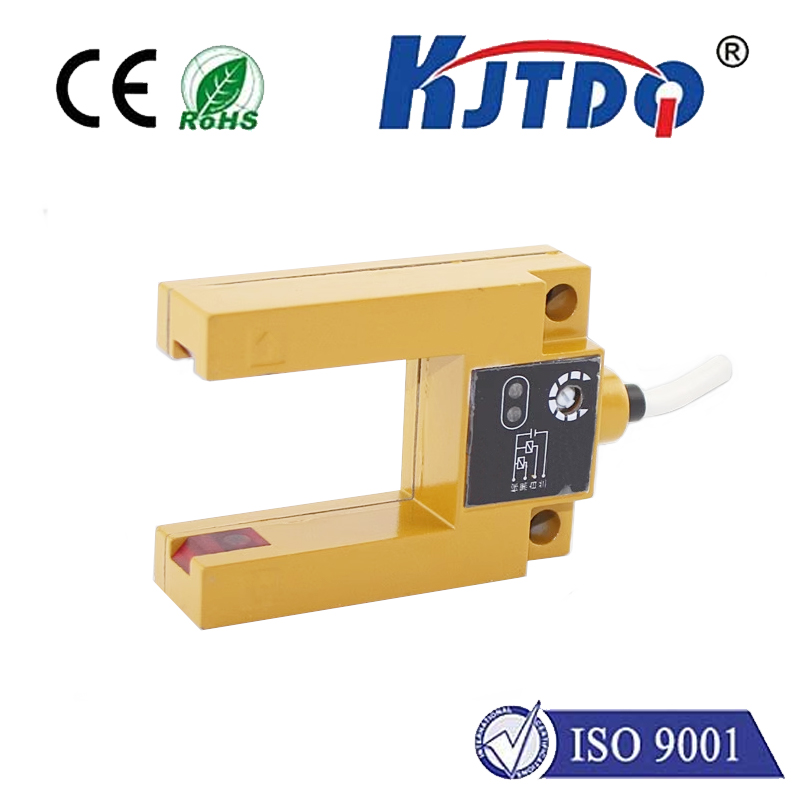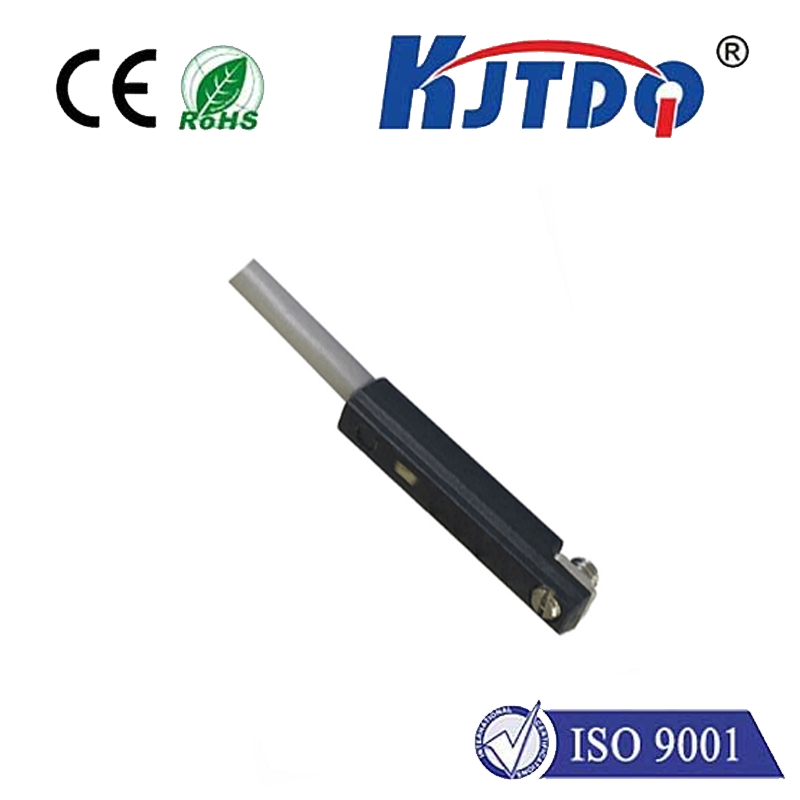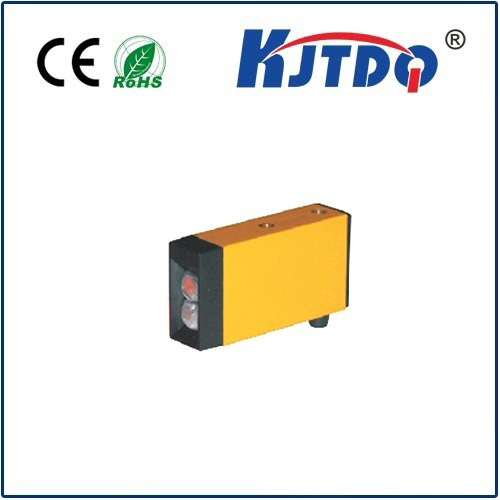СПДТ ограничительный переключатель
- time:2025-08-01 08:48:46
- Нажмите:0
The Power and Precision of SPDT Limit Switches in Industrial Control Systems
In the intricate dance of automated machinery and industrial processes, knowing exactly where things are is paramount. From the precise positioning of a robotic arm to ensuring a garage door stops safely at its upper limit, limit switches serve as the essential eyes and hands of control systems. Among these vital components, the SPDT limit switch stands out as a remarkably versatile and reliable workhorse. This article delves into the world of SPDT limit switches, exploring their operation, key advantages, and widespread applications, highlighting why they remain a cornerstone of industrial automation.
Decoding the SPDT Limit Switch
The acronym “SPDT” is the key to understanding this switch’s fundamental capability. It stands for Single Pole, Double Throw. Let’s break this down:
- Single Pole (SP): This signifies that the switch controls Один. distinct electrical circuit. It has one common input terminal.
- Double Throw (DT): This means the single pole can connect (or “throw”) the common terminal to two different output terminals, but never both simultaneously. Essentially, it has two possible output states.
Inside the protective housing of an SPDT limit switch resides a set of precisely engineered electrical contacts (the pole and throws) and a mechanical actuator. The actuator is the part physically interacted with by the moving object or machine part it’s monitoring. Common actuator types include levers, rollers, plungers, and whiskers.
How It Works: Simplicity Meets Reliability

The operation principle is elegantly straightforward yet highly effective:
- Resting State: The switch is designed with a default position. In an SPDT switch, the common terminal © is typically connected to one of the output terminals – say, the Normally Closed (NC) terminal.
- Actuation: When the target object (like a machine carriage, door, or conveyor component) moves and physically contacts the switch’s actuator, it applies force.
- Contact Change: This mechanical force overcomes the internal spring mechanism, causing the electrical contacts to snap rapidly from one state to the other. The common terminal © disconnects from the NC terminal and connects to the Normally Open (NO) terminal.
- Signal Generation: This change in the electrical circuit – breaking one connection and making another – sends a distinct signal to the machine’s control system (like a PLC - Programmable Logic Controller). This signal tells the control system, “The object has reached this specific position.”
- Reset: Once the object moves away and the force on the actuator is removed, the internal spring returns the contacts to their original resting state (C connected to NC again), ready for the next cycle.
The Compelling Advantages of SPDT Configuration
Why choose an SPDT limit switch over simpler options like an SPST (Single Pole, Single Throw)? The answer lies in its inherent flexibility and functionality:
- Dual Signal Output: This is the core advantage. An SPDT switch provides two distinct electrical states from a single actuation point. It can simultaneously signal when a limit is reached (NO closes, or NC opens, depending on wiring) and confirm the machine is not at that limit (the opposite state). This dual-state feedback is invaluable for control logic and safety monitoring.
- Enhanced Control Logic: The availability of both NO and NC contacts allows for more sophisticated control schemes. For example, one contact can trigger an action (like stopping a motor), while the other can be used for safety interlocks or status indication lights.
- Intrinsic Fail-Safe Potential: Wiring crucial safety functions through the Normally Closed (NC) contact can provide a basic level of fail-safe operation. If the switch mechanism fails catastrophically (e.g., a broken spring) or the wiring is severed, the NC circuit naturally opens, which can be programmed to trigger a safe shutdown, alerting operators to a fault condition. This is impossible with a simple SPST NO switch.
- Многогранность: The SPDT configuration readily adapts to various control voltages (DC or AC) and signal types required by different control systems.
- Diagnostic Simplicity: Having two contacts allows technicians to more easily diagnose issues by checking the expected states of both the NO and NC circuits relative to the actuator position.
Where SPDT Limit Switches Shine: Key Applications
Due to their robustness, reliability, and dual-signal capability, SPDT limit switches are ubiquitous across countless industries:
- Промышленное оборудование: Defining travel limits on CNC machine tools, presses, material handling equipment, conveyors, packaging lines, and robotic work cells. They prevent over-travel damage and ensure repeatable positioning.
- Automation Systems: Used in assembly lines, automated guided vehicles (AGVs), and process control systems for position verification, sequence control, and end-of-stroke detection.
- Elevators and Lifts: Providing critical position feedback for floor leveling, detecting when doors are fully open or closed, and defining upper and lower travel limits for safety.
- Access Control: Monitoring the open/closed status of garage doors, gates, security doors, and industrial hatches.
- HVAC Systems: Detecting damper positions, filter status (clogged indication), and end positions in valve actuators.
- Transportation: Used in rail systems, vehicle production lines, and cargo handling equipment.
- Safety Interlocking: Enabling safety gates on machinery; the switch confirms the gate is securely closed (NC contact circuit complete) before allowing hazardous machine operation to start.
Selecting the Right SPDT Limit Switch
Choosing the optimal SPDT limit switch involves careful consideration of several factors:
- Environment: Will it face extreme temperatures, moisture, dust, chemicals, or explosive atmospheres? Look for appropriate IP (Ingress Protection) ratings (e.g., IP67) and material construction (metal vs. plastic housing).
- Electrical Ratings: Ensure the switch’s voltage, current, and contact ratings (AC or DC) match or exceed the requirements of the electrical circuit it will control.
- Actuator Type: Select an actuator (roller lever, plunger, rod, whisker) best suited to the nature of contact with the target object – considering force, speed, angle, and repeatability needs.
- Mechanical Life Expectancy: Switches are rated for a certain number of operating cycles under specified conditions. Choose one rated for the expected duty cycle of your application.
- Mounting Requirements: Consider the physical space constraints and required mounting style (screw mount, snap-in, etc.).
- Certifications: For safety-critical applications, ensure the switch carries relevant certifications (e.g., UL, CSA, CE, ATEX for hazardous areas).
Installation and Maintenance: Ensuring Longevity
Proper installation and care are crucial for maximizing the lifespan and reliability of SPDT limit switches:
- Secure Mounting: Mount the switch securely to prevent vibration-induced movement or damage.
- Precise Positioning: Carefully position the switch so the actuator engages reliably and consistently with the target object without being subjected to excessive force or misalignment.
- Electrical Connections: Use appropriate wiring techniques, ensuring terminals are tightened securely and protected from moisture/corrosion. Always conform to electrical codes. Leverage both NO and NC contacts effectively.
- Regular Inspection: Periodically check the switch housing for damage, ensure the actuator moves freely without binding, and verify electrical connections remain secure. Test the switch’s functionality within the system.
- Environmental Protection: Ensure seals remain intact, especially in harsh environments. Clean actuators if debris buildup could impede operation.
The Enduring Relevance of an Industrial Staple
Despite the rise of sophisticated sensors like proximity sensors and encoders, the SPDT limit switch remains deeply entrenched in industrial landscapes. Its fundamental

